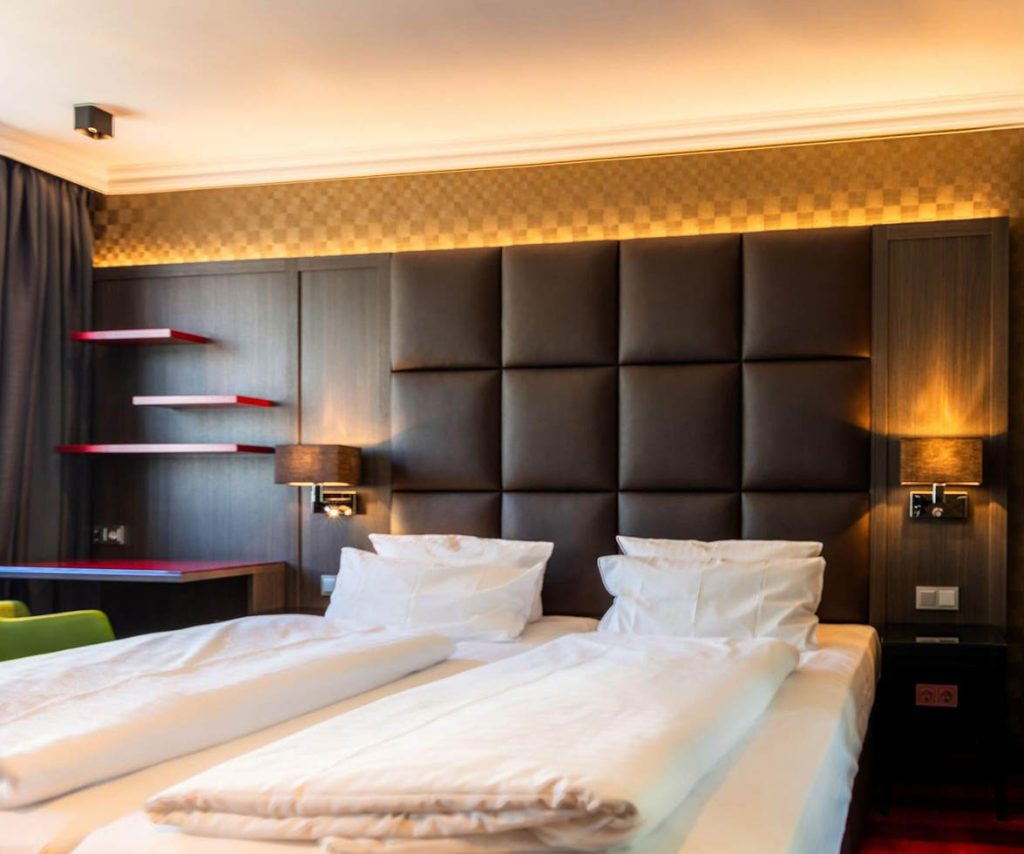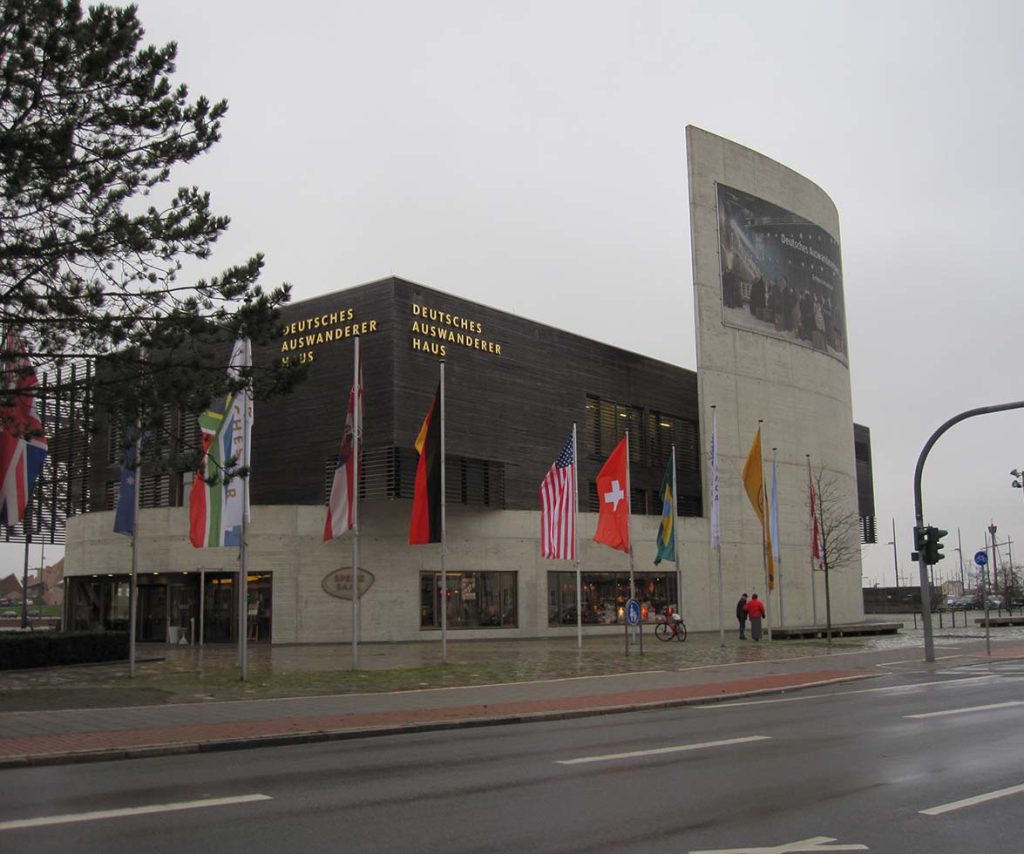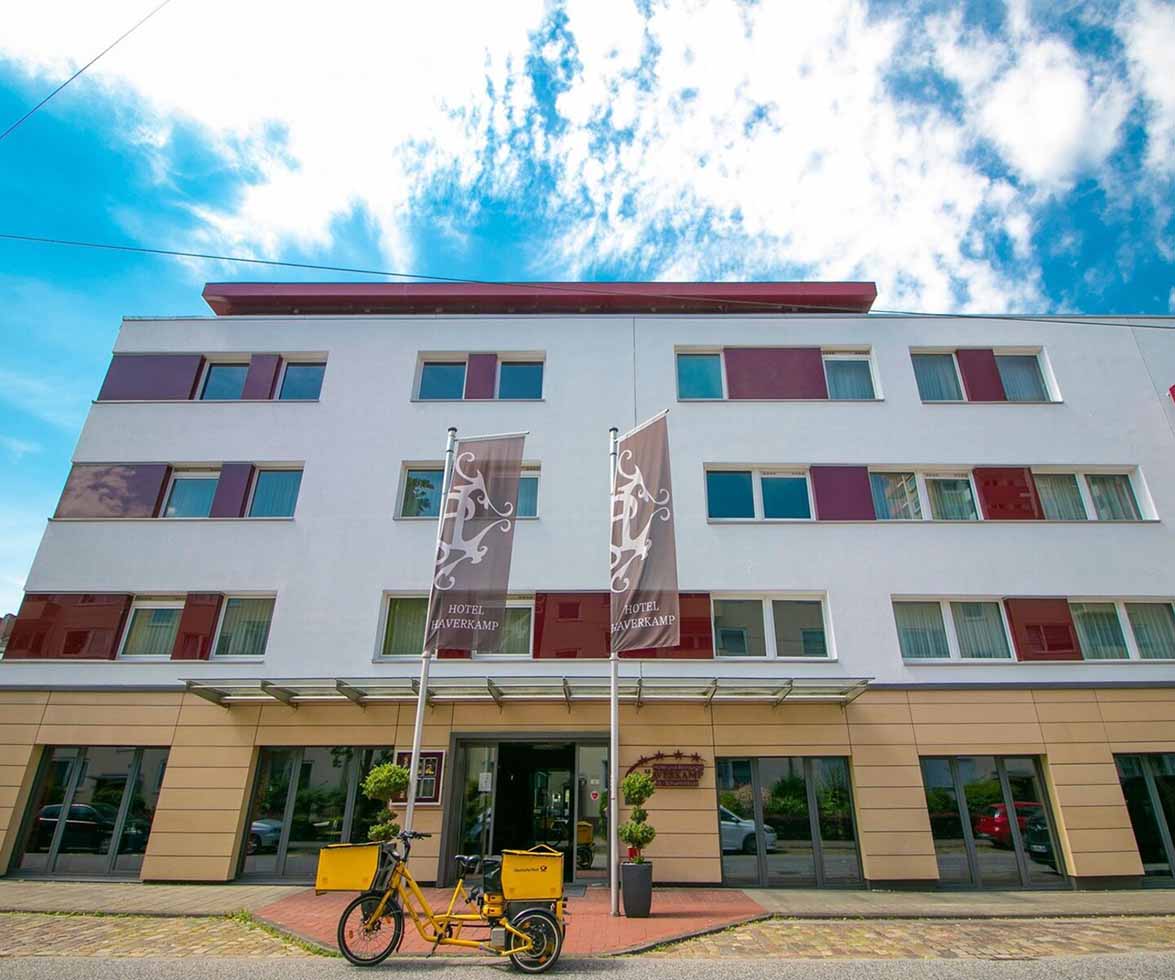1. Arrival in Bremerhaven: A City Woven with Maritime Memory
The morning light had only just begun to stretch across the sky as the train pulled into Bremerhaven Hauptbahnhof. Outside the window, rows of crisp, neat buildings greeted the first signs of day, the distant silhouette of cranes peeking out above rooftops like curious mechanical beasts. A salty breeze swept in from the Weser River, hinting at the proximity of the North Sea. There was a stillness to the town that felt more poised than sleepy, a calm that didn’t feel stagnant, but expectant—like the harbor was holding its breath, waiting for stories to arrive or depart.
This trip had only one goal: to trace the memory of movement. Bremerhaven is where millions once stepped onto ships and left their lives behind in search of something different. Generations ago, families carried suitcases heavier than their hopes. I didn’t come here to reenact their journey, but to sleep among their ghosts, to stay in a hotel that watched them pass by.
2. Hotel Haverkamp: A Living Chapter of Bremerhaven’s Past
Nestled on Prager Straße 34, just a seven-minute walk from the Deutsches Auswandererhaus (German Emigration Center), Hotel Haverkamp is a quietly elegant hotel that has stood in this city for over a century. The building doesn’t scream for attention—it waits patiently, like an old gentleman who knows he holds the stories you want. It was first opened in 1910, originally as a guesthouse for travelers connected to the shipping trade. Over the decades, it has seen the city rise, fall, and rise again.
I booked my stay through the hotel’s official website (www.hotel-haverkamp.de), which offered a seamless reservation experience. A four-night stay in a Comfort Double Room with breakfast included cost €546—around €136.50 per night. The rate was mid-range, but the promise of heritage, location, and a deep-rooted ambiance seemed more than worth it. I opted out of larger travel platforms this time, wanting a more direct line with the hotel.
3. First Impressions: A Quiet Step Into the Past

The cab ride from the station took no more than ten minutes. When the hotel came into view, its red brick façade appeared quietly dignified amidst the modern buildings nearby. Inside, the lobby was intimate, not grandiose. There was polished wood, velvet accents, and lighting that felt chosen—not simply installed. A glass cabinet held nautical antiques and old photographs of Bremerhaven’s harbor—faded men in peaked caps and women with gloved hands.
Check-in was swift and warmly efficient. The front desk staff spoke fluent English and offered me a city map along with a booklet of Bremerhaven’s historical walking routes. They asked if I wanted to book a dinner reservation at the hotel’s restaurant, “Weinrot,” which came highly recommended, and I accepted without hesitation.
The elevator creaked faintly as it ascended to the second floor, not from age, but from character. A narrow hallway opened to Room 204. The keycard beeped, and the door swung into a space that immediately invited pause.
4. The Room: Where Quiet History Sleeps
The Comfort Double Room was understated in its elegance. The wooden floor bore gentle scuffs in its grain, perhaps from decades of boots, heels, and suitcases. The bed, framed by a fabric headboard in muted burgundy, stood firm and plush. Two reading lamps flanked the bed, offering the kind of warm yellow glow that made even a chilly North Sea evening feel embraced.
There was no over-design. A writing desk stood by the window with a leather blotter and a small lamp. The view looked onto a quiet side street with a bakery visible on the corner. At dusk, soft yellow light spilled from its windows onto the sidewalk, and I watched locals slip in and out with baguettes and laughter.
A printed card on the desk offered a short history of the building. It mentioned that during the Second World War, the hotel functioned partially as a communications outpost for naval staff. The ground-floor cellar, now a wine storage room, had once been a wartime radio room. The city was bombed heavily during the war, and the hotel survived only narrowly. That knowledge lent a gravity to even the simplest parts of the room—the door handle, the radiator, the ceiling trim. None of it was theatrical; it simply was.
5. Weinrot: A Dinner Within the Story
Dinner that evening at Weinrot was not just a meal—it was part of the stay’s experience. The restaurant was dimly lit with burgundy drapes and candlelight flickering along polished glass. The menu focused on North German cuisine with modern accents. I ordered the smoked halibut with horseradish cream followed by the “Bremerhaven Plate”—a mix of pan-fried plaice, shrimps, and North Sea mussels in a white wine butter sauce.
The waiter, who seemed to know the provenance of every item on the plate, explained that many of the dishes had maritime roots. The seafood came from a supplier whose family had been fishing in the region since the 19th century.
It was the kind of meal that slowed time. I lingered over a glass of Riesling from the Mosel region, letting the hush of the room, the weight of the velvet, and the quiet hum of nearby conversation drift over me.
6. Morning Routine in a Historic Frame
Breakfast was served in a glass-roofed atrium, where early light filtered through hanging ivy. The buffet was local and hearty: smoked salmon, hand-sliced cheese, fresh Brötchen, scrambled eggs with chives, and a variety of cured meats. A small sign on the honey jar stated it came from beehives located on the hotel’s rooftop—an urban beekeeping initiative started in 2018.
I found a seat by the window and watched the street wake up. Delivery vans passed. A cyclist balanced a baguette under his arm. The town came to life without ever breaking its calm.
7. Walking Into the Stories: The German Emigration Center

It was less than a ten-minute walk from the hotel to the Deutsches Auswandererhaus, the German Emigration Center. The museum stands where the original departure halls once did, and walking its halls is less about exhibits and more about immersion.
Each visitor receives a “boarding pass” bearing the name of a real emigrant. Mine belonged to Friedrich Kohlmann, who left Bremerhaven in 1902 for Milwaukee. As the exhibits unfolded, I followed his story—through a re-created waiting hall, a passenger cabin, a ship deck. At one point, I stood in a dimly lit room designed to replicate the barracks of steerage class. I could smell the old wood, hear the hum of a ship’s engine, feel the narrowing of space that thousands had endured.
By the time I reached the interactive terminal that tracked Friedrich’s descendants through American census records, I was no longer observing history—I was living alongside it.
8. The Harbor’s Hold on Time
One afternoon, I wandered along the harbor. It was quiet, almost to the point of melancholy. The Schaufenster Fischereihafen was a cluster of old fishing sheds turned into shops and eateries. I stopped in a small maritime bookstore, “Lesezeichen,” and bought an antique map of North German trade routes dated 1894. The shopkeeper told me that many of the surrounding buildings used to store dried fish, and some still bore the iron rings where boats once moored.
Back near the hotel, I found myself again walking Prager Straße at dusk. The street remained unchanged, a comforting constant. At Hotel Haverkamp, the lobby’s lighting dimmed into an evening mode. I slipped into the leather chair by the bar, ordered a small glass of Korn schnapps, and wrote a few pages in my notebook. The bartender nodded silently as he polished glasses—a motion practiced more times than one could count.
9. The Hotel as Witness
Over the course of four nights, I realized Hotel Haverkamp is more than a place to sleep. It’s a living record. It has seen emigrants cry quietly in the corner room before their departure. It has held foreign accents and last meals. It has withstood bombings and blackouts. It has adapted to change while stubbornly refusing to forget.
It is not polished in the modern, sterile sense. It breathes. Its walls carry whispers. Its floorboards creak with purpose. It has windows that have framed decades of departures and reunions. And when you sleep there, you do not simply rest—you align, briefly, with the long timeline of a city that has always been about movement.
10. Days of Quiet Observance
Each morning, I returned to the same breakfast table. Each evening, I returned to the same hallway light flickering above Room 204. I visited local shops, a naval museum, and even caught a film at the vintage Metropol cinema nearby. But no matter where I wandered, returning to the hotel felt like slipping into a shared secret.
I had chosen the stay for its age, for the shadow of its past. But what I discovered was not a dusty relic of hospitality—it was a breathing witness, a participant in the city’s most human stories. The kind that start with a suitcase and a promise, and end in places yet unknown.
